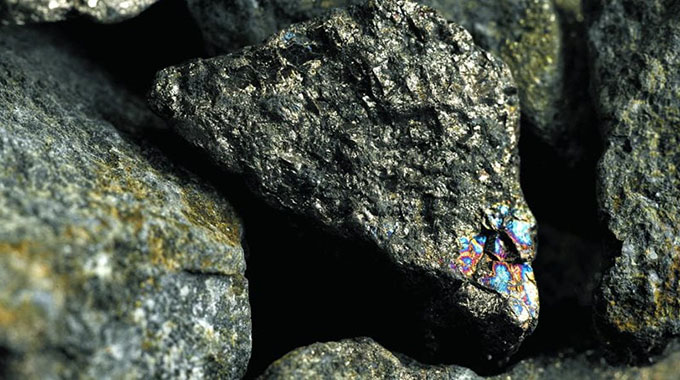Nickel exports jump 157pc

Michael Tome Business reporter
NICKEL ores and concentrates exports from Zimbabwe grew 157 percent to US$90,7 million in November 2021, as global demand for the mineral surges driven by electric vehicle production.
The Zimbabwe National Statistics Agency (Zimstat) said in its latest report, the US$90,7 million constituted 14 percent of Zimbabwe’s exports, which was 65,2 percent better than the US$54,9 million in the prior comparable in 2020.
Zimbabwe has previously exported more in a single month after shipments of the commodity totalled US$122 million in February 2021, US$117 million in May and US$113 million in August.
Nickel mattes earned the Southern African country US$83 million in November last year, which was however, lower than the US$95,7 million the mineral realised in October.
Nickel, mattes, ores and concentrates accounted for 29,8 percent of total exports from Zimbabwe during the period under review, presenting a further growth for Zimbabwe’s exports.
The country’s exports are usually dominated by gold, tobacco and platinum, which account for vastly more than three quarters of Zimbabwe’s total annual shipments.
In the period under review, semi-manufactured gold shipments accounted for almost a third (32,8 percent) of the total exports. Overall, growth in exports in November saw Zimbabwe significantly cut its trade deficit. It recorded an increase in exports while it saw a decrease in the value of its imports.
According to the United Nations’ ComTrade database on international trade, Zimbabwe’s exports of nickel topped US$985,27 million in 2020.
Nickel demand is expected to remain strong, with projected average growth in excess of 4 percent per annum year-on-year.
Stainless steel will remain the main consumer of nickel, absorbing an average of 67 percent of volume while the use of nickel in the production of electric vehicles is expected to account for 18 percent by 2025.
Many countries are shifting towards attaining a more sustainable future by adopting and promoting electric vehicles in an effort to lessen carbon emissions from the traditional internal-combustion engines.
This will eventually help the transport and power sectors to contribute towards reaching the 2-degree Celsius warming reduction goal set by the Paris Agreement.
Nickel prices rose to a seven high since 2014 to US$20 600 per tonne on September 17, 2021, due to low inventories reported from the London Metal Exchange (LME).
This was exacerbated by unanticipated demand as the Chinese stainless steel producers ramped up production ahead of the government-sanctioned production cuts, due to power rationing.
About 70 percent of the world’s nickel production is consumed by the stainless steel sector, while batteries take up a modest 5 percent.










Comments